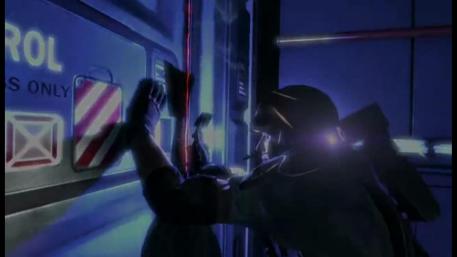
As space geeks will tell you, the Solar and Heliospheric Observatory is a pretty neat tool for exploring our solar system. Created in 1995 as a joint effort from NASA and the European Space Agency, the Observatory’s role is to gather information about the sun. Pictures, activity data, radiation level readings; that sort of thing. To date SOHO has been pretty successful. Originally scheduled for a mere two year solar study, the Observatory is still staring at the sun, almost 17 years later.
However, this successful information gathering campaign has also generated its share of controversy. Not over the expense of the project or the ethical ramifications of widening our understanding of mankind’s role in the cosmos, but instead SOHO has lead a surprising number of people to believe that NASA is picking up images of aliens, then blatantly lying to the general public about them.
Below this text you will find a video created by YouTube user “rob19791.” In it he republishes images captured by SOHO on May 3, dramatically zooming in on a certain object in the picture that he claims is a UFO. NASA, in turn, claims that the object is the result of cosmic rays affecting its cameras.
Then, on May 4, the satellite that captured the images went offline. According to NASA, “SOHO went into ‘Emergency Sun Reacquisition’ mode on Friday May 4, 2012, caused by a false trigger of the Coarse Sun Pointing Attitude Anomaly Detector.” In other words, a glitch. The space agency claims to be working on a fix for the problem, but so far has no information on when this particular imaging system will be back up and running.
This is crucial, because it set off a firestorm of YouTube controversy. As you can see in the below video, rob19791 believes that NASA purposely took the cameras down to prevent mankind from seeing the truth about this Sol-obsessed UFO (or, at the very least, that it is trying to prevent us from noticing an apocalyptic solar flare that will kill us all). “NASA are clearly trying to stop us looking at the sun,” he writes. “The reasons could be anything from the crafts/ships seen recently or an impending solar flare that will wipe out humanity.”
It wouldn’t be fair for us to take sides in this conflict, so instead we leave it to you, dear reader: Who do you trust more? NASA, a multi-billion dollar space agency whose funding relies almost entirely on actually finding new and interesting things out there to study, or rob19791, some dude with a YouTube account?


